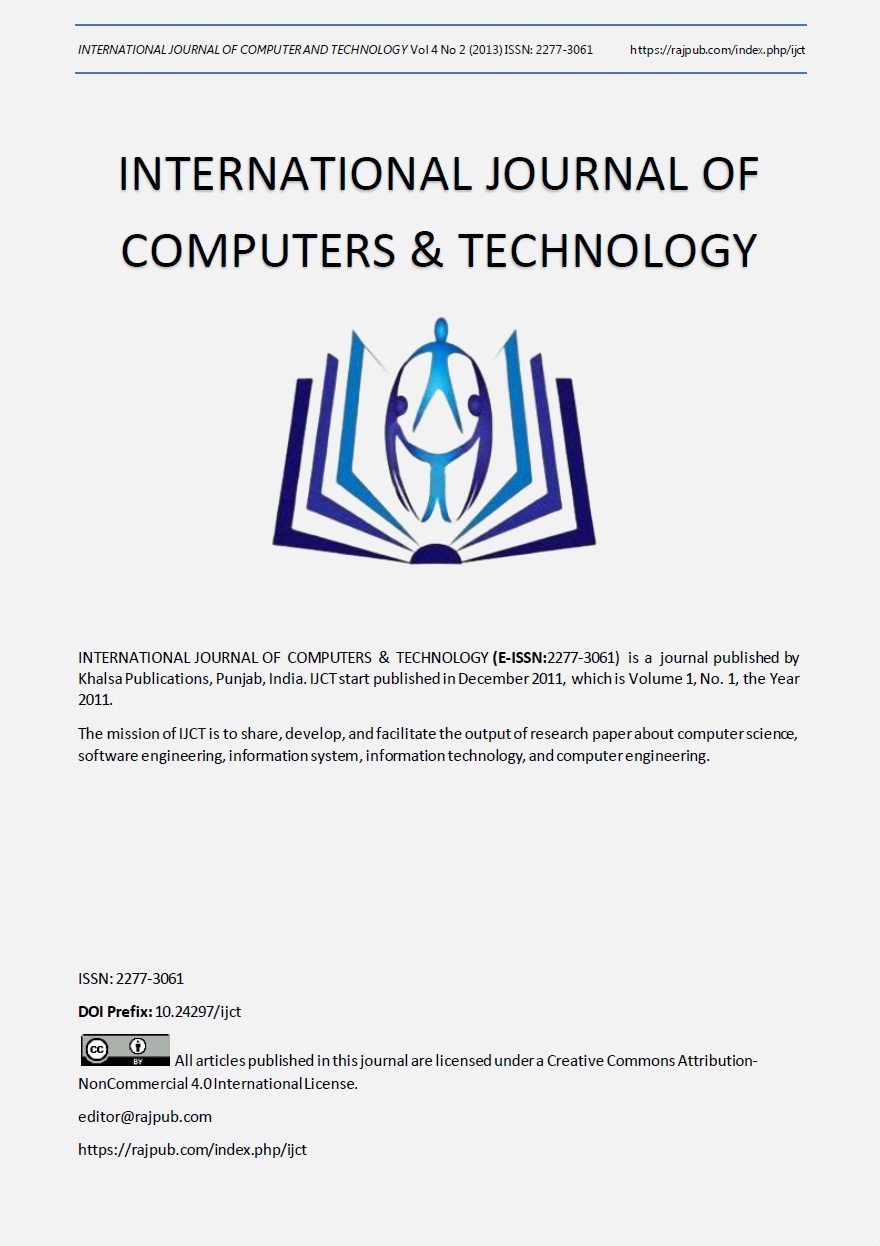A REVIEW OF NEW ABOUT CLOUD COMPUTING SECURITY
DOI:
https://doi.org/10.24297/ijct.v4i2b1.3221Keywords:
Cloud Computing, Job scheduling system, queuing system, QoS, Little, s LawAbstract
Job scheduling system problem is a core and challenging issue in Cloud Computing. How to use Cloud computing resources efficiently and gain the maximum profits with job scheduling. Job scheduling system is one of the Cloud computing service providers’ ultimate goals. In this paper, firstly, by analysis the differentiated QoS requirements of Cloud computing resources users’ jobs, we build the corresponding non-pre-emptive priority M/G/1 queuing model for the jobs.Then, considering Cloud computing service providers’ destination which is to gain the maximum profits by offering Cloud computing resources, we built the system cost function for this queuing model. After that, based on the queuing model and system cost function, considering the goals of both the Cloud Computing service users and providers, we gave the corresponding strategy and algorithm to get the approximate optimistic value of service for each job in the corresponding no-pre-emptive priority M/G/1 queuing model. Finally, we also provide corresponding simulations and numeral results.Analysis and number results show that our approach for job scheduling system can not only guarantee the QoS requirements of the users’ jobs, but also can make the maximum profits for the Cloud computing service providers.While the economic case for cloud computing is compelling, the security challenges it poses are equally striking. In this work we strive to frame the full space of cloud-computing security issues, attempting to separate justified concerns from possible over-reactions. We examine contemporary and historical perspectives from industry, academia, government, and “black hatsâ€. We argue that few cloud computing security issues are fundamentally new or fundamentally intractable; often what appears “new†is so only relative to “traditionalâ€computing of the past several years. Looking back further to the time-sharing era, many of these problems already received attention. On the other hand, we argue that two facets are to some degree new and fundamental to cloud computing: the complexities of multi-party trust considerations, and the ensuing need for mutual audit ability.









